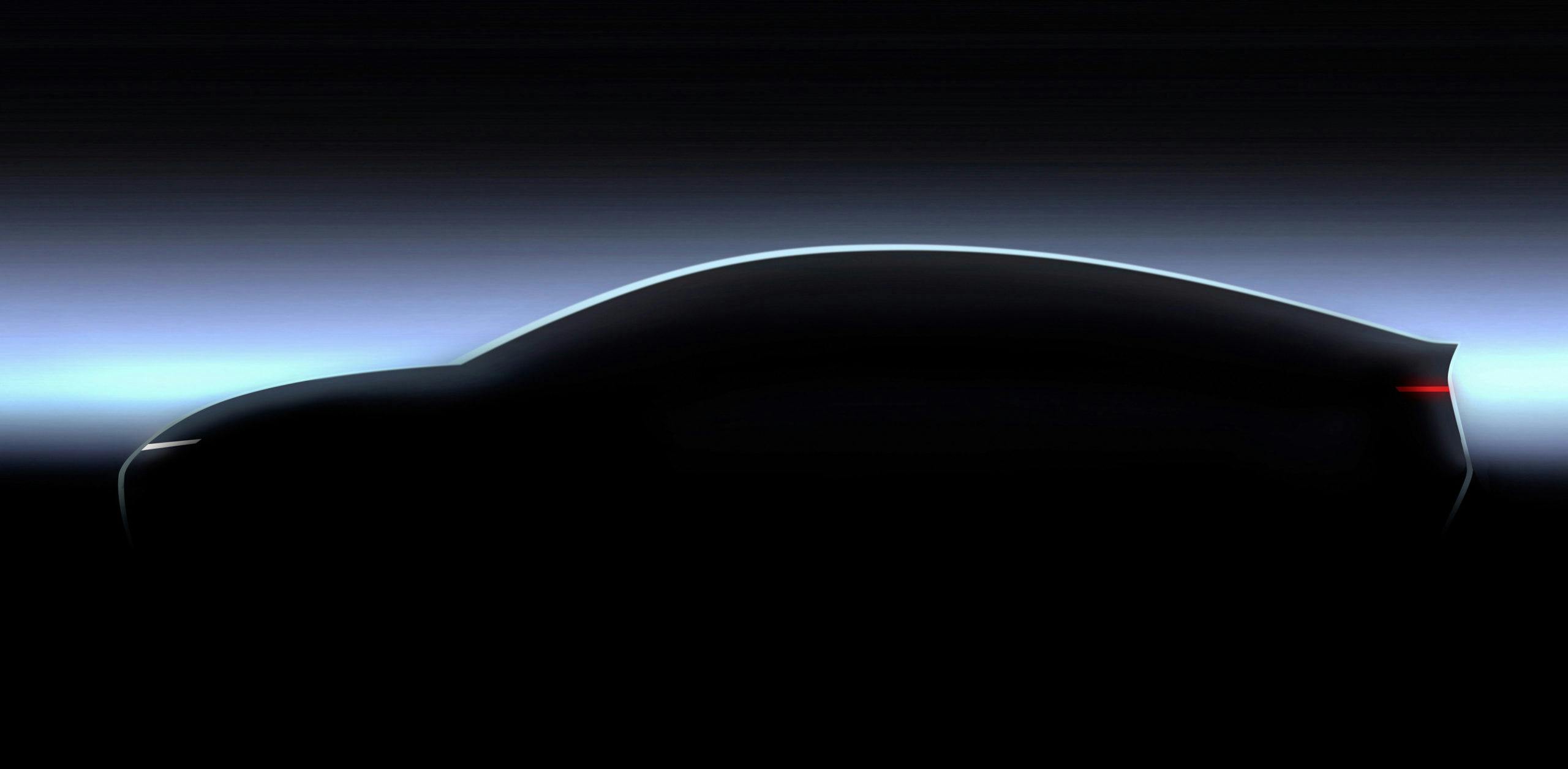Volkswagen has announced that the vehicle being developed under Project Trinity will be made at a new plant in Wolfsburg, Germany. The new facility will be located near the main plant in the Warmenau district and will be part of a larger $2.1 billion investment. Construction is set to begin in spring 2023 and will consider high environmental standards. The Trinity model will be net carbon-neutral and will be built using new manufacturing methods. It is expected to start rolling off the assembly line in 2026. This new facility will also be the model for optimizing the production processes for the Volkswagen Group. These new methods will then be implemented to the company’s other manufacturing sites.
“The decision by the Supervisory Board is an important milestone for the transformation of our brand and the future of the Wolfsburg production facility. We are thus strengthening and sustaining the competitiveness of the main plant and giving the workforce a robust long-term perspective,” said Ralf Brandstätter, CEO of Volkswagen. “We are setting bench marks in the automotive industry with Trinity and the new factory and turning Wolfsburg into the global lighthouse for cutting-edge and efficient vehicle production.
For Volkswagen, the Project Trinity represents its new flagship, a vehicle that will dictate the brand’s future direction and the cornerstone of its Accelerate strategy. In addition to being net carbon-neutral, this latest battery-electric vehicle will have shorter charging times and a driving range of up to 435 miles, according to Volkswagen. It will be built on the upcoming SSP platform and be designed with level 4 autonomous driving in mind. Volkswagen notes that over 40 million vehicles will eventually be on the SSP architecture.
The Trinity vehicle will set production standards according to Volkswagen. It is aiming for a production time of 10 hours per vehicle and will limit its variants and components, add more automation, create leaner production lines, and introduce new logistic processes. Volkswagen plans to integrate the new manufacturing methods in the Trinity Project into its main plant by 2030. Adding a new plant also keeps the current production lines at Wolfsburg going while allowing the company to introduce new processes and methods that will be used in the future as it moves toward full electrification.
We don’t know what’s the size of the vehicle being built under Project Trinity but based on the early teasers, it appears to be a sedan around the same size as the Arteon. This vehicle will be software-driven and provide new digital experiences to owners, the latter of which Volkswagen aims to make one of its core competencies. Through this, Volkswagen is aiming to attract new customers, create new income sources, and make level 4 autonomous driving available to a broader range of buyers by 2030.
Volkswagen Group’s SSP platform will eventually replace the current MEB and the upcoming PPE architectures. The former is currently being used by the ID.3, ID.4, ID.5, and the Audi Q4 e-tron family. It will also underpin the upcoming ID. Buzz. Audi and Porsche will be the main users of the PPE platform with the first vehicles on it being the all-electric second-generation Macan, the Q6 e-tron, and A6 e-tron. Volkswagen Group’s SSP platform will also be used in the vehicles resulting from the Audi-led Project Artemis. These include a flagship for Bentley and Audi, which will be built in Germany.

